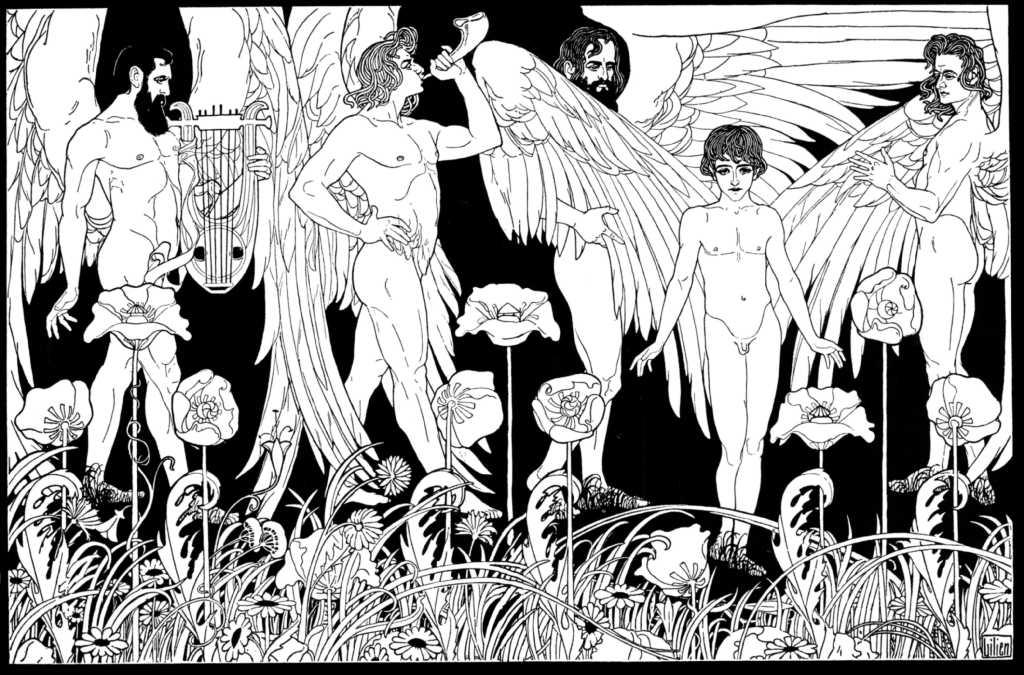
While the great exodus of Jews from the Russian Empire that lasted from 1880 to 1913 aroused sympathy within the already existing community of Western Jews, the way of life of the former shtetl dwellers was also a source of discomfort among prosperous ‘Hebrew’ Englishmen, Germans, and Americans, whose aspirations were largely assimilationist and who saw this sudden influx of poor relatives as compromising their own social positions. In 1885 a twenty-five year old Austrian lawyer and atheistic journalist who saw himself as a German and who at one point even proposed a mass baptism of the Jews, published a utopian novel with his own solution for the situation: You Have Only to Want It for It Not to Be a Fairytale. A year later he followed up with The Jewish State: An Attempt at a Modern Solution of the Jewish Question. His name was Theodore Herzl, and he is considered to be ‘the father of Zionism.’ His proposal was to establish a state – not necessarily Palestine – where hard agricultural work would ‘cure’ the new arrivals from the Pale of Settlement of their ghetto culture. Among the options advocated were Argentina, Australia, rural Canada, Mesopotamia, Uganda, and Cyrenaica (the eastern coastal region of modern-day Libya). Herzl’s partner in Zionism, the popular eugenicist Max Nordau, saw Herzl’s proposal as straightforward eugenics: the then popular Lamarckian belief in the heritability of acquired characteristics lent hope that the scrawny, weak, and inferior Jew – an image internalized by many Jews – would become physically strong, sexually potent, and morally fit. Envisaged as replacing both the ghetto Jews and the ‘effete’ coffee house Jews, this image was subsequently transmogrified into that of Zionist ‘fighting Jews’ who established the Jewish state by force of arms. Created by Ephraim Moses Lilien, the ‘first Zionist artist,’ the illustrations were intended to illustrate the ideal of Nordau’s ‘muscle Jew.’ The writer Stefan Zweig recalled that in this “son of a poor orthodox Jewish woodturner from Drohobycz, I encountered for the first time an Eastern Jew and a Judaism which in its strength and stubborn fanaticism, had hitherto been unknown to me.”